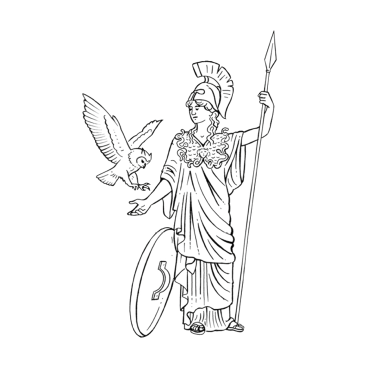Nôtre-Dame: An over-crowded Parisian triumph
Athena visits the re-built French wonder, and is more than impressed by the restoration work that has been completed so far.
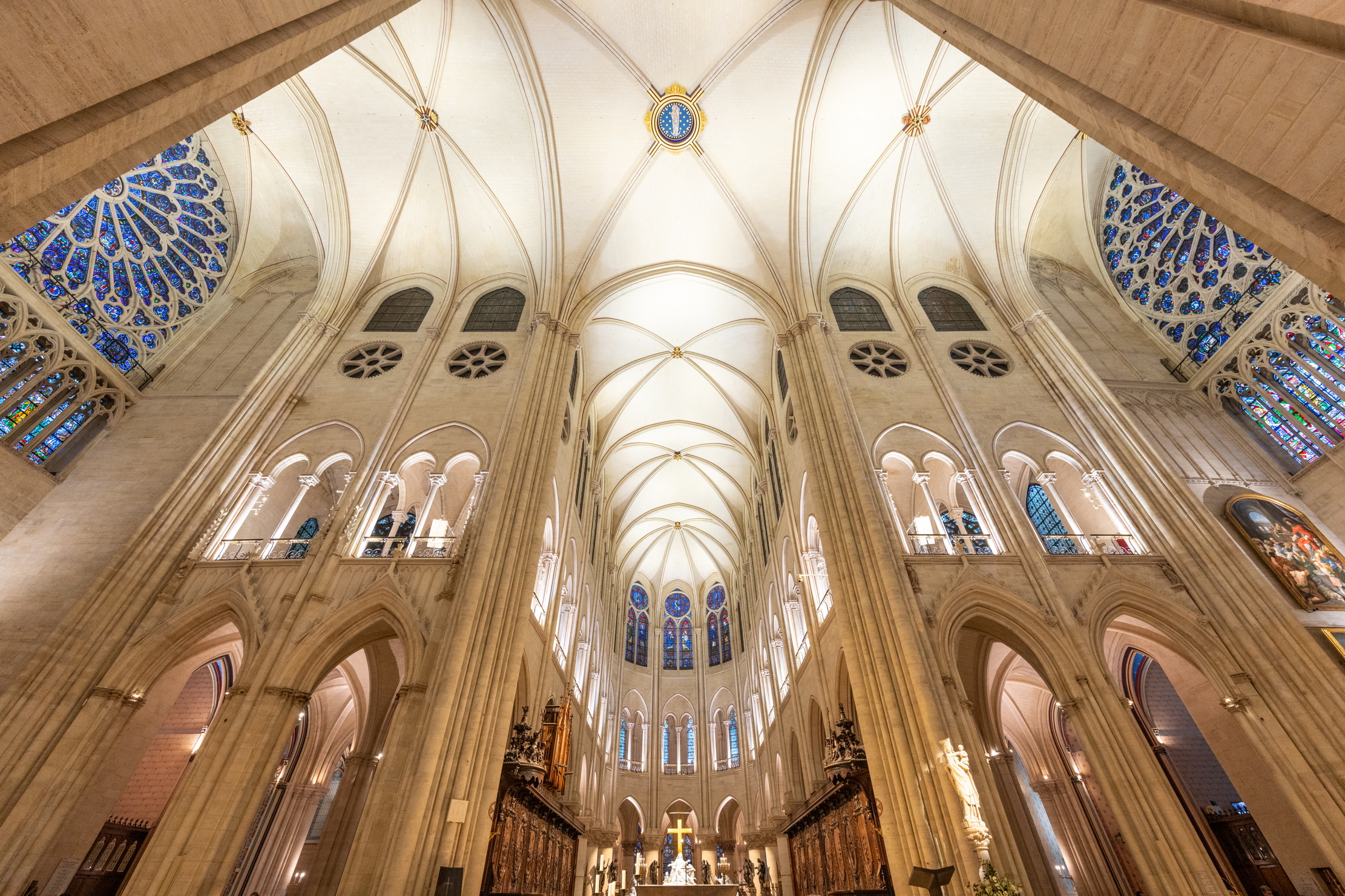
Last week, Athena managed to visit Nôtre-Dame in Paris for the first time since the disastrous fire in 2019. Now that the gigantic roofs and central spire have been re-created with the timber of about 2,000 oak trees, it’s wonderful to see the familiar outline of the building presiding over the city once more.
Only around the exterior of the transepts and east end of the cathedral do the scaffolding and stacked Portakabins serve as a reminder that the work of restoration continues on a massive scale. Even so, the church itself has been publicly accessible since December 2024 and the western towers opened some three weeks ago.
Stepping through the monumental western portals with their ranks of statuary, the vast interior with its cleaned stonework feels totally different to its dark and dirty pre-fire predecessor. When Nôtre-Dame was begun in about 1163, it aimed to be the tallest church north of the Alps, the vault rising 115ft, and the lateral dimensions were exceeded only by those of the great Abbey of Cluny. That scale is now manifest again. By comparison, the vault of Durham Cathedral rises a mere 74ft.
It’s hard to feel anything but admiration for what has been achieved. Considering the scale of the damage, the speed of the work has been remarkable. Added to which — in Athena’s view and contrary to French tendency — the fabric has not been over-restored (although it has been overlit). Athena was delighted to marvel at all this, but — sad to say — she won’t be hurrying back. This is not a judgement on the building, but the experience of her visit. Simply put, the sheer weight of people made it extremely hard to enjoy or admire.
'In the half year to June since its reopening, more than six million people filed through the doors. That’s one million people every month or 35,000 people a day'
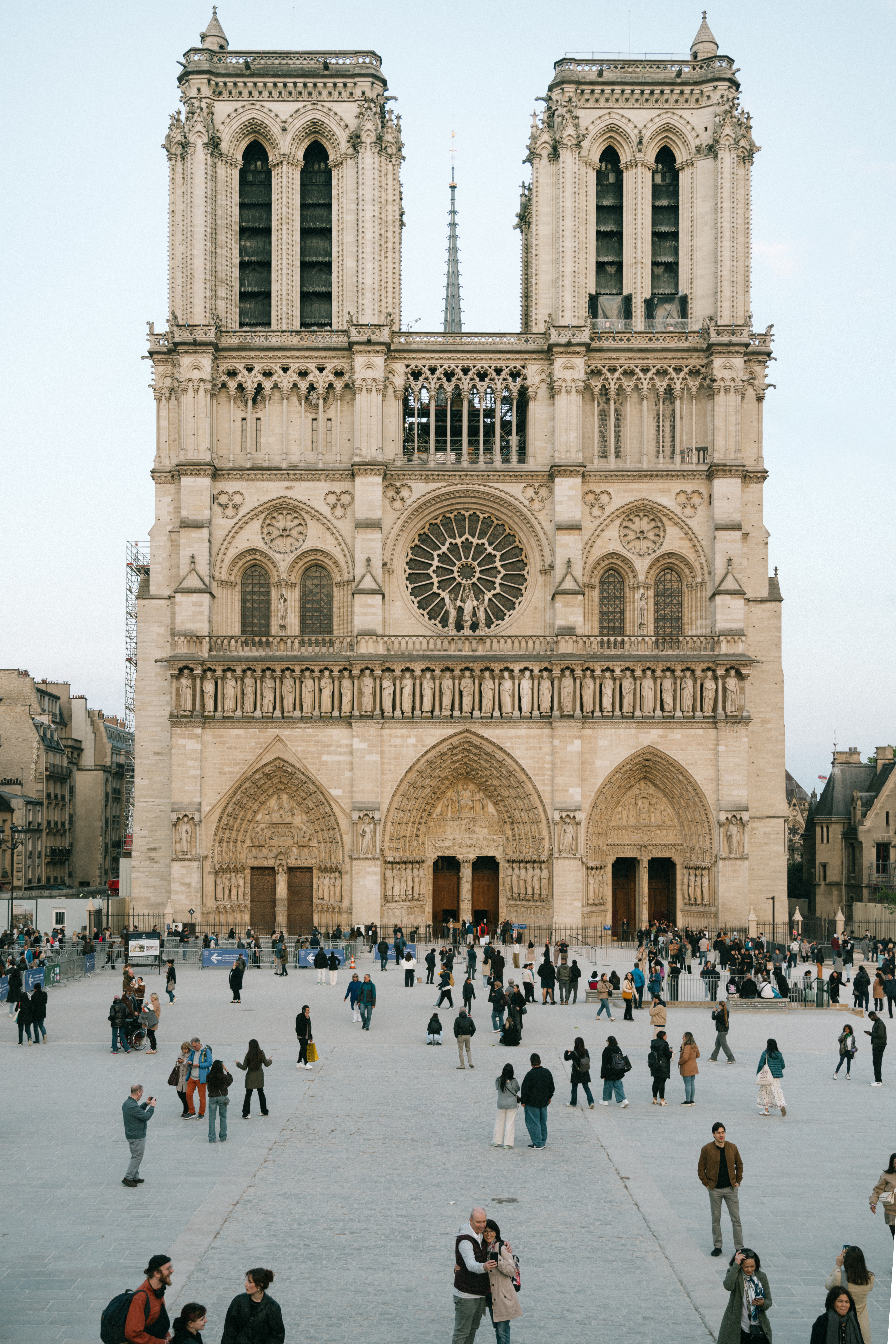
Despite the steady rain, there was a 25-minute queue just to get into the building (which remains free to visit). The statistics are astonishing and speak for themselves. In the half year to June since its reopening, more than six million people filed through the doors. That’s one million people every month or 35,000 people a day.
By comparison, the British Museum received that total number of visitors — 6.5 million — during the whole of 2024 and the Louvre, the world’s most visited museum, 8.7 million. Both have infinitely more space to absorb the crowds. Perhaps things will calm down, but Athena doubts it.
Leaving Nôtre-Dame for calmer places, it struck her as well that this exemplary restoration throws into yet sharper relief the sorry treatment of the other great parish churches across the city (and far beyond as well). Many look down at heel, but not necessarily through lack of use. In France, the state ownership of church buildings is condemning many to neglect. For all the difficulties faced by parish churches in the UK, their situation is arguably much happier. Restoring the cathedral of Paris is a great achievement. It should not, however, obscure what remains to be done
Exquisite houses, the beauty of Nature, and how to get the most from your life, straight to your inbox.
Athena is Country Life's Cultural Crusader. She writes a column in the magazine every week
-
 What is everyone talking about this week: Thanks to modern-day technology, people were far happier in the days when Nero was setting Rome ablaze
What is everyone talking about this week: Thanks to modern-day technology, people were far happier in the days when Nero was setting Rome ablazeWas the ancient world's superior happiness down to its ‘superior production of art’?
-
 A slick looking off-roader that's a far cry from its rustic rural roots — Volvo EX30 Cross Country
A slick looking off-roader that's a far cry from its rustic rural roots — Volvo EX30 Cross CountryThe latest iteration of Volvo's Cross Country is flashy, fast and stylish. But is that what a Volvo Cross Country is supposed to be?
-
 ‘I cannot bring myself to believe that Emily Brontë would be turning over in her grave at the idea of Jacob Elordi tightening breathless Barbie’s corset’: In defence of radical adaptations
‘I cannot bring myself to believe that Emily Brontë would be turning over in her grave at the idea of Jacob Elordi tightening breathless Barbie’s corset’: In defence of radical adaptationsA trailer for the upcoming adaptation of 'Wuthering Heights' has left half of Britain clutching their pearls. What's the fuss, questions Laura Kay, who argues in defence of radical adaptation of classic literature.
-
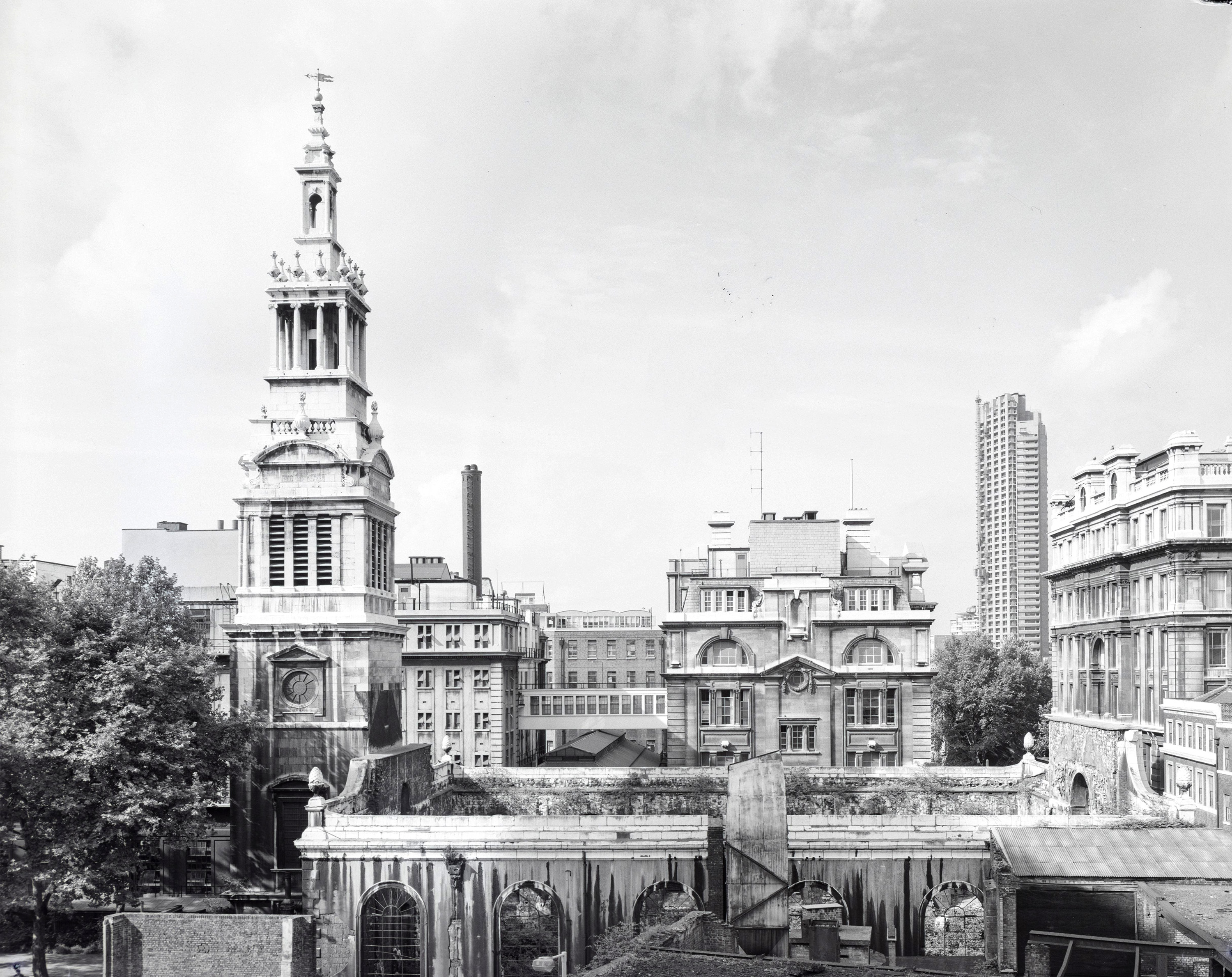 53 years ago, a Wren masterpiece was replaced with a glorified roundabout. We must not make the same mistake again
53 years ago, a Wren masterpiece was replaced with a glorified roundabout. We must not make the same mistake againThe plans to rid Christ Church Newgate Street of traffic should be cause for celebration — but a mistake as bad as the one made in the 1970s is about to happen, says Ptolemy Dean.
-
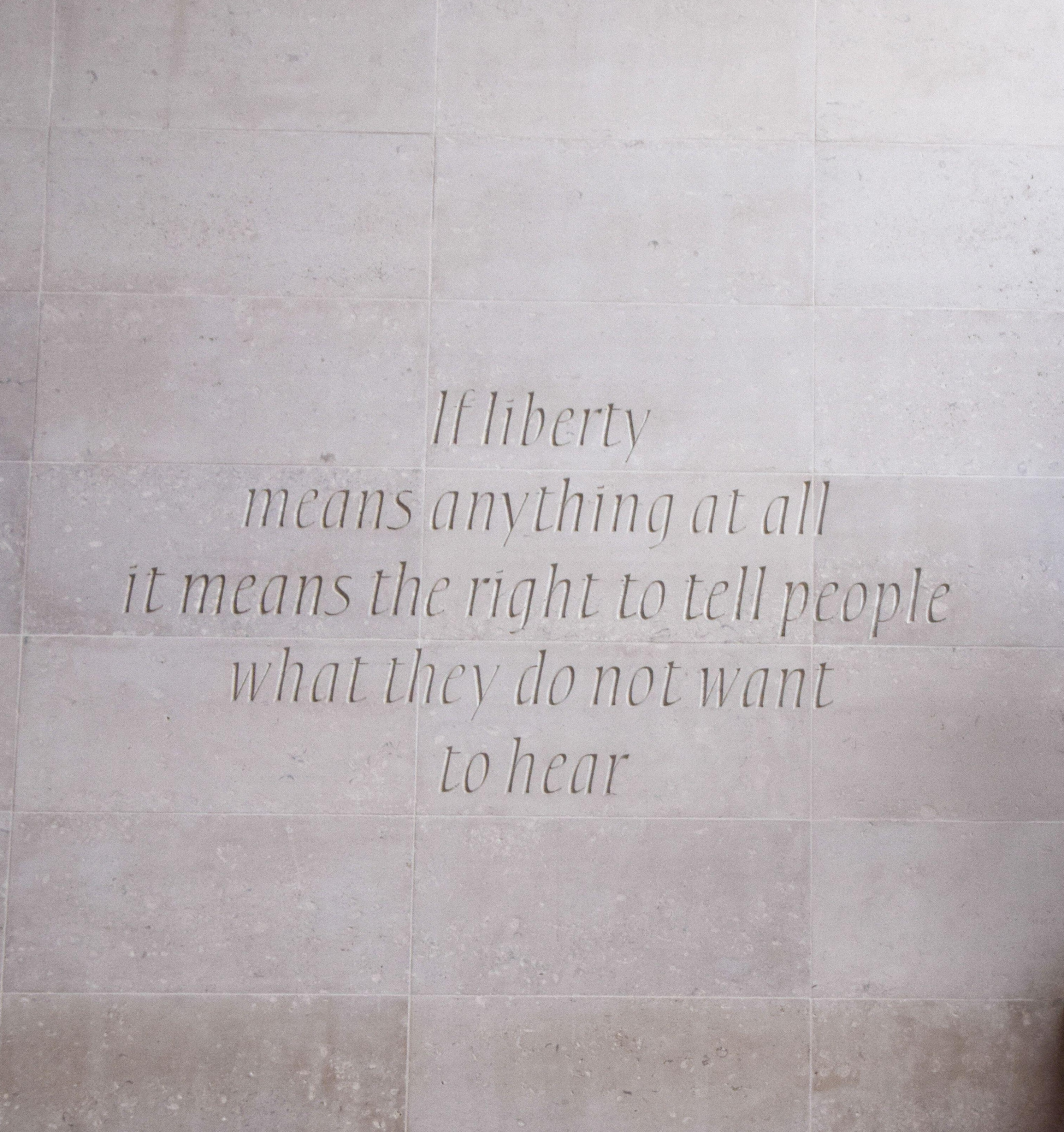 Nothing is more important than trust, and our institutions would be wise not to undermine it
Nothing is more important than trust, and our institutions would be wise not to undermine itFrom big businesses marking their own homework, to the debacle at the BBC, trust has never been more important.
-
 The Budget: What do we need to fix a broken countryside, and what will we get?
The Budget: What do we need to fix a broken countryside, and what will we get?With the Autumn Budget looming, countryside and heritage organisations reveal what they are hoping to hear to fix the turmoil — and what they are dreading
-
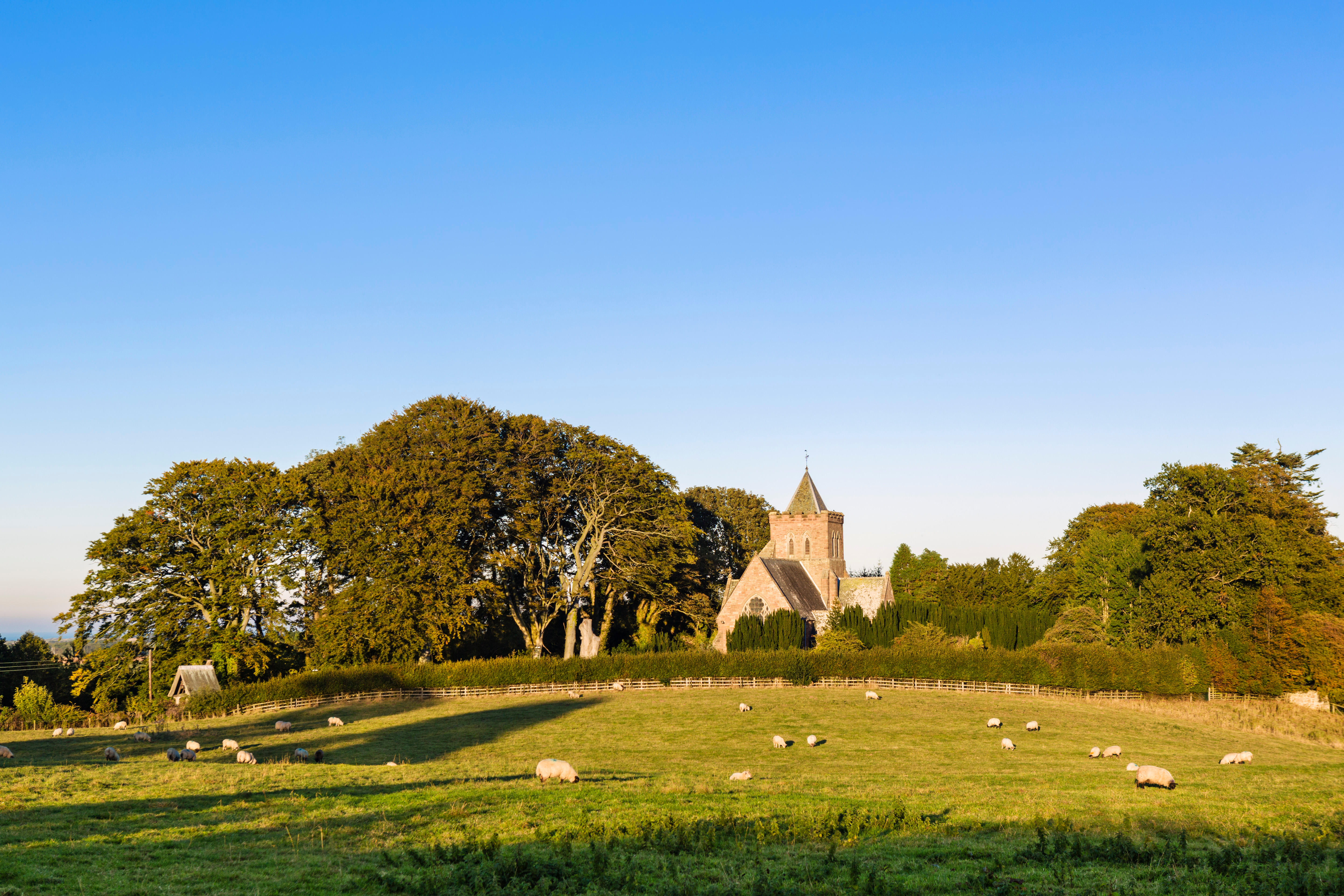 The Labour government of the 1970s saved our country houses. Will a Labour government of the 2020s save our country churches?
The Labour government of the 1970s saved our country houses. Will a Labour government of the 2020s save our country churches?Why not invest to save the most valuable community resources we have, perfectly placed at the heart of communities?
-
 William Hanson's 39 steps to being a gentleman
William Hanson's 39 steps to being a gentlemanMany have attempted to update the codes of gentlemanly conduct for 2025, but as, William Hanson shows, the timeless rules are still the best ones
-
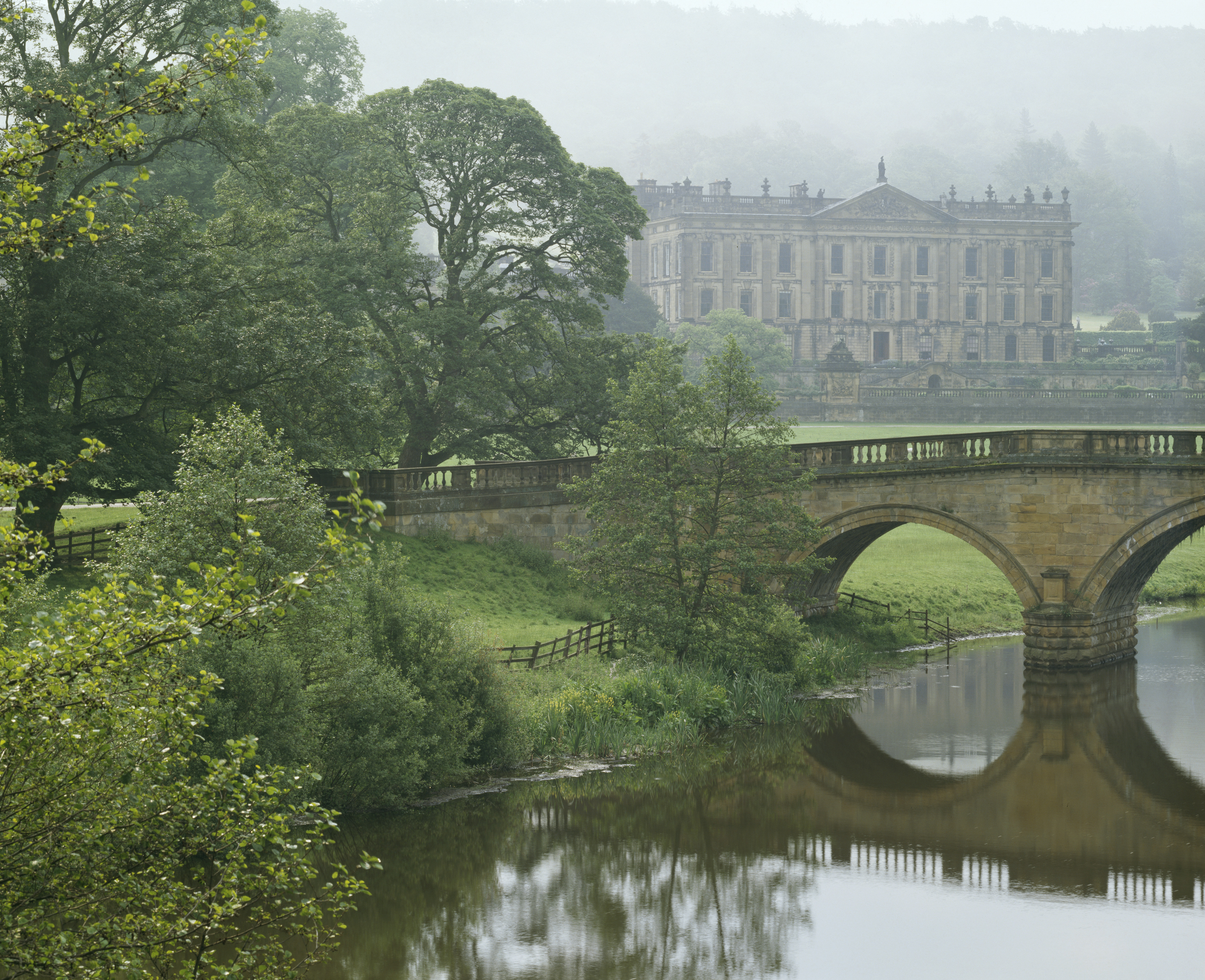 Athena: This Government must open its eyes to the contribution that heritage and culture can make to our economy
Athena: This Government must open its eyes to the contribution that heritage and culture can make to our economyHeritage is a forgotten driver of growth laments our cultural crusader.
-
 ‘The best time to plant a tree was 20 years ago; the second best time is now'
‘The best time to plant a tree was 20 years ago; the second best time is now'Now is the time to firstly, hug a tree, and secondly, plant some more — in increasingly imaginative ways.

